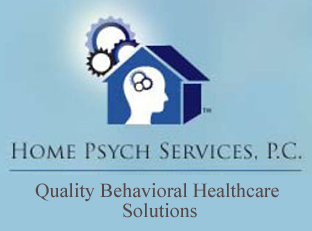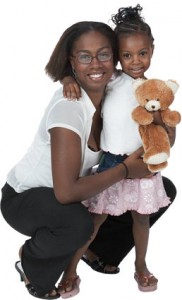It is coming, faster ever year (or so it seems). It is back to school time again. For some (parents mostly), this is a great and exciting time of the year—A great fresh start. For the students, it is the end of something epic. For students with anxiety, this time of the year is especially stressful.
If your child is one of those students, we have a few tips for you:
 Set a schedule and stick to it. Children who suffer from anxiety can better anticipate and know what to expect if things are organized. Make sure there schedule is predictability, structured, and follow a routine. This will make transitions easier.
Set a schedule and stick to it. Children who suffer from anxiety can better anticipate and know what to expect if things are organized. Make sure there schedule is predictability, structured, and follow a routine. This will make transitions easier.- Schedule a visit. See if it is possible to schedule a trip to the school. Let you child walk around, meet the teacher, and get more comfortable with the environment before there is a crowd.
- Make health a priority. Use a healthy diet full of protein and limited sugar to help your child feel his or her best. Make sure sleep is a priority. Have some time to calm before bed and make sure you stick to bedtime.
- Be comfortable. Make school as fun and special as possible. If it is a favorite outfit, an old sweatshirt, or a lucky backpack charm, find something that is a comfort to your child and helps them feel connected to you.
- Talk. Make sure you child feels comfortable and discuss the issues or scenarios that make your child most uncomfortable. This will give you and your child a chance to walk through a situation and how to deal with it before it happens.
- Consider behavioral therapy. Back to school is a hard time for children with anxiety, but if after a couple weeks your child isn’t settling in or you are seeing increased issues, inform specialists at school and contact an affordable psychologist or psychiatrist for further counseling.
If you need more help in the Chicago and surrounding areas including Des Plaines, Arlington Heights, Schaumburg, Barrington, Hinsdale, Skokie, Lincolnwood, Park Ridge, and Wilmette, Dr. Parisi is an affordable psychologist or psychiatrist who specializes in Childhood Attachment Studies and Intervention (Marshak Evaluations)and Biofeedback Training for Stress / Anxiety Reduction


